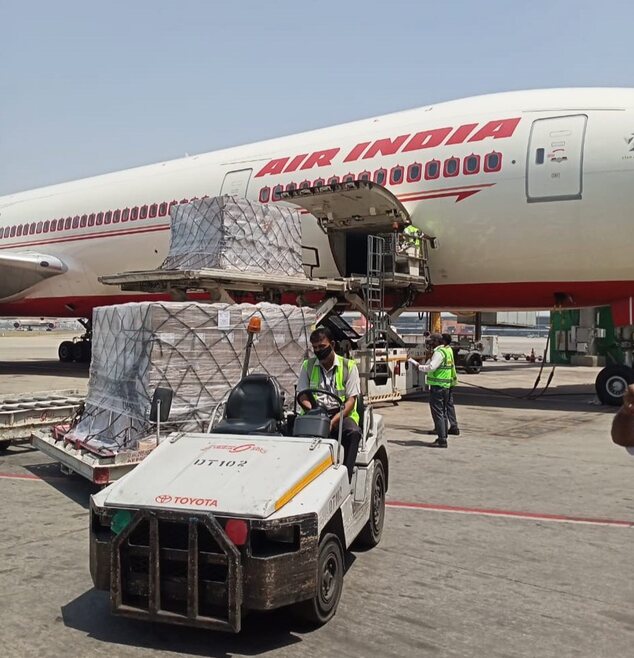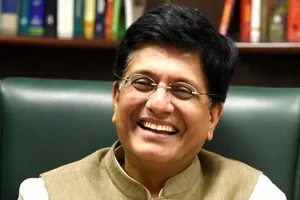In its fight against the second surge of Covid-19 pandemic, India received a major consignment of 318 oxygen concentrators. They were flown from New York to New Delhi by the national carrier Air India yesterday.
The Civil Aviation Minister, Hardeep Singh Puri, said all efforts to strengthen India’s fight against the pandemic are on and added that “let there be no doubt, we will turn the tide.”
Sharing this news, Puri tweeted: “All efforts to strengthen India’s fight against the pandemic are on. 318 Philips Oxygen Concentrators on @airindiain flight from JFK Airport land at @DelhiAirport. Let there be no doubt. We will turn the tide.”
All efforts to strengthen India’s fight against the pandemic are on.
318 Philips Oxygen Concentrators on @airindiain flight from JFK Airport land at @DelhiAirport.
Let there be no doubt.
We will turn the tide.@MoCA_GoI @MEAIndia @MoHFW_INDIA pic.twitter.com/Lz6S1Hlm99— Hardeep Singh Puri (@HardeepSPuri) April 26, 2021
The arrival of the oxygen concentrators will help various hospitals in the country to grapple with the severe shortage of medical oxygen, which is essential to stem the growing rage of the pandemic.
As breathlessness is a salient feature of the Covid-19, there is a need for oxygen for the affected patients leading to an increase in its demand. Several States including Maharashtra, Delhi, Andhra Pradesh, Telangana and Madhya Pradesh among others have reported shortage of oxygen.
This is where the oxygen concentrators plays a vital role. A small device it supplies supplementary oxygen-enriched air to people requiring oxygen therapy. The device is usually used for those patients who are suffering from respiratory and lung diseases. It supplies supplemental oxygen to the patients through the nasal cannula.

Oxygen concentrator (Pic: IANS)
The working of oxygen concentrator
The working of an oxygen concentrator is similar to that of an air conditioning machine. It uses the oxygen from the air to modify it and release it in a different form. It concentrates the ambient oxygen.
Operating electronically it separates the oxygen from the room and supplies high concentration of the gas to the patient through the nasal cannula. Therapeutically they have been found to be as good as the other types of oxygen delivery systems.
The concentrators find wide usage in cases where liquid or pressurised oxygen is too dangerous or inconvenient, such as in homes or in portable clinics.
The concentrator removes the nitrogen from the air using zeolite minerals which absorb it allowing the other gases to pass through and leaving oxygen as the main gas. With the drop in pressure the nitrogen is allowed to desorb and escape into the air.
Salient points:
· These are portable and easy to use and work out far better than oxygen cylinders. Though their cost is more than that of cylinders they have the advantage of minimal maintenance.
· The maintenance cost of the oxygen concentrator involves cost of power consumption, disposable filters and sieve beds.
· Concentrators can be used at the convenience of the patients under medical supervision while the cylinders require refilling and its handling demands care as it can leak and cause accidents.
· There is no need to refill the concentrators unlike cylinders as there is unlimited supply of oxygen in the air and all it needs is electricity to operate.
· Producing 95 per cent pure oxygen, the device has in-built sensors indicating fall in the purity level.




















